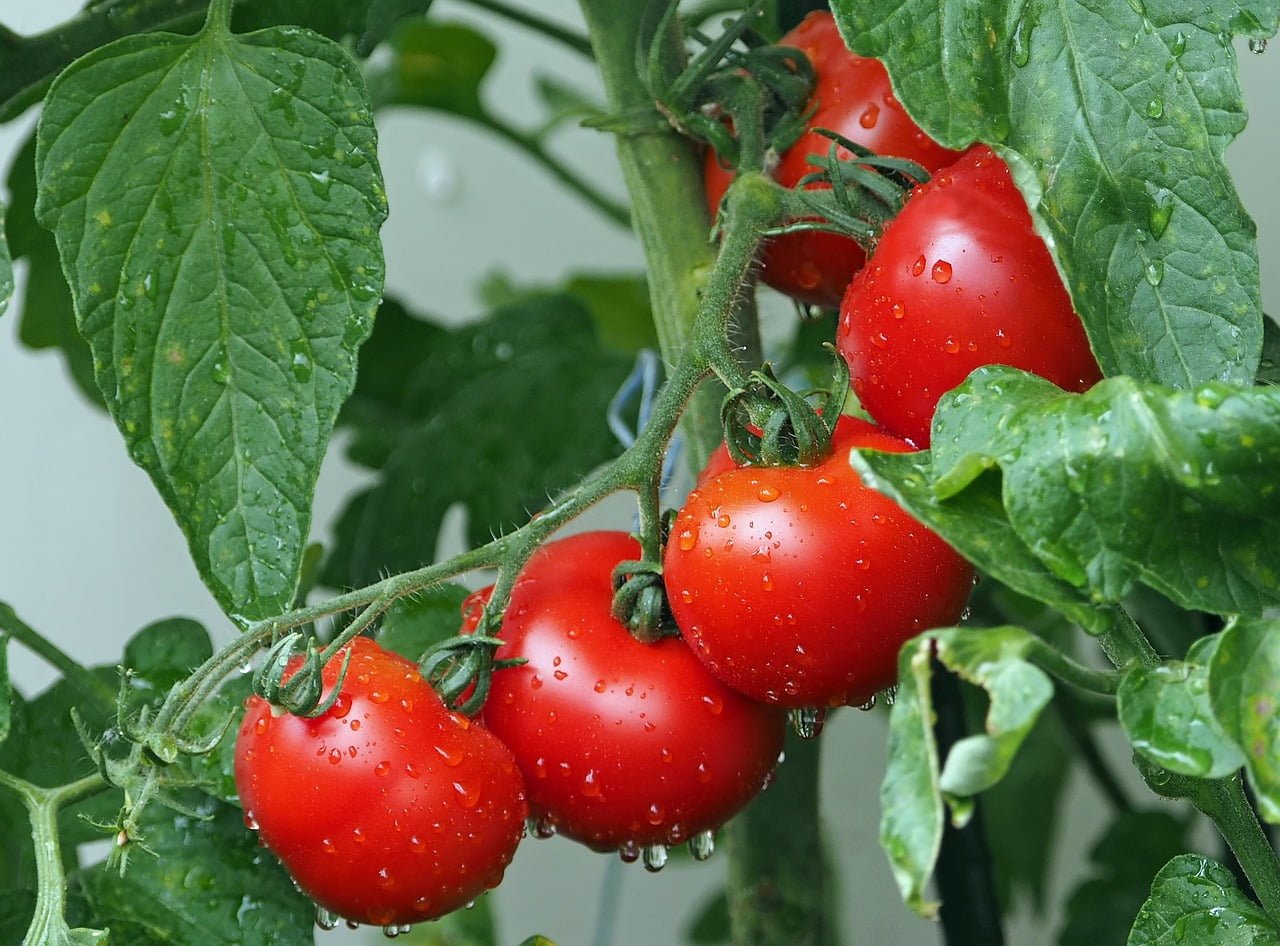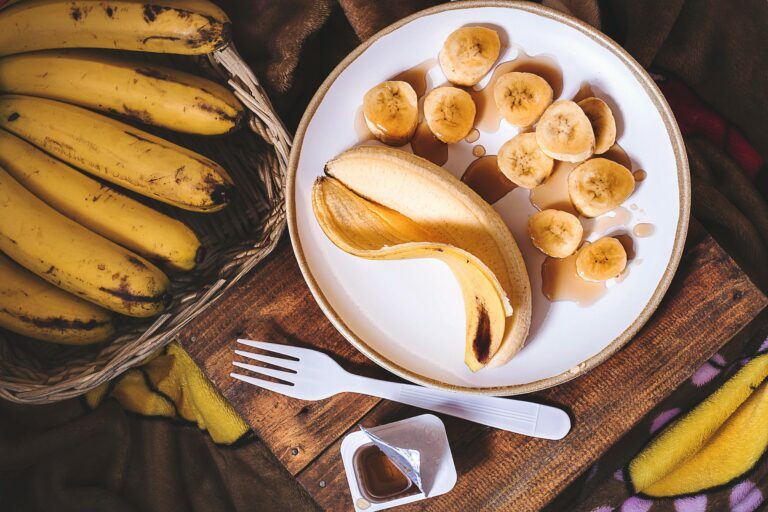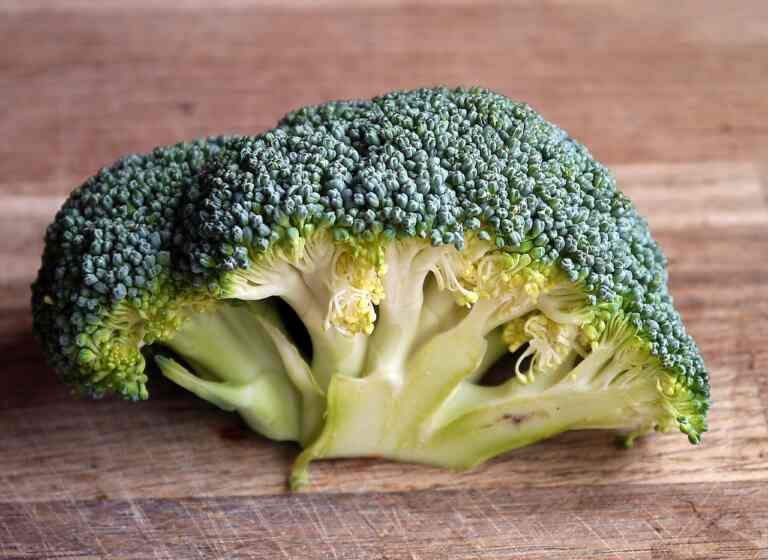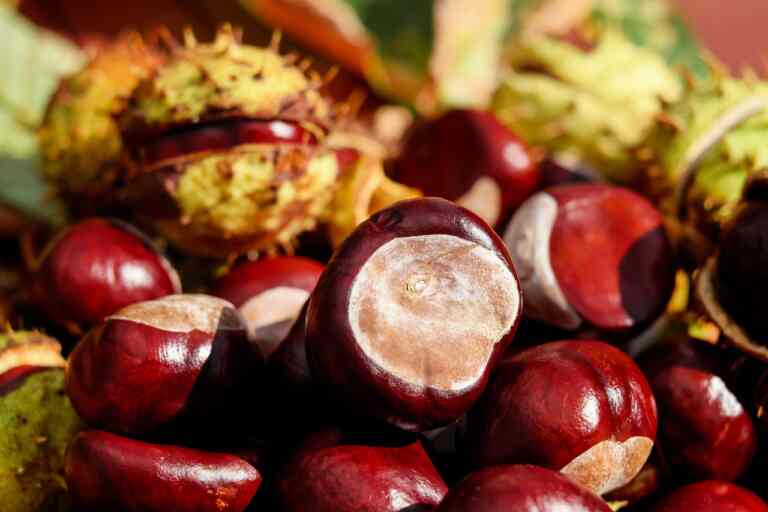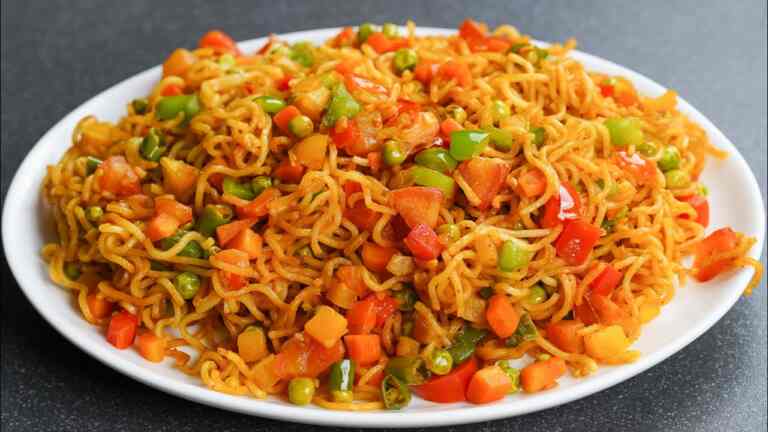Can we eat tomato leaves?
Can we eat tomato leaves? Tomato leaves are generally not considered safe for human consumption. They contain alkaloids, such as tomatine, which can be toxic in large quantities. While the levels of tomatine in ripe tomatoes are usually low and not harmful, the concentration in the leaves, stems, and unripe fruits can be higher and potentially dangerous if ingested in significant amounts.
It is important to note that cooking may break down some of the harmful compounds in tomato leaves, but it’s difficult to guarantee complete safety. As a precaution, it is best to avoid consuming tomato leaves and stick to eating the ripe fruits, which are widely recognized as safe for human consumption.
Are They Edible or Toxic?
Tomato leaves contain alkaloids, such as tomatine, which can be toxic in large quantities. While the levels of tomatine in ripe tomatoes are usually low and not harmful, the concentration in the leaves, stems, and unripe fruits can be higher and potentially dangerous if ingested in significant amounts.
In small quantities, tomato leaves might not cause severe harm, especially if cooked, as cooking can break down some of the harmful compounds. However, because the concentration of these toxic substances can vary between different tomato varieties and even individual plants, it is difficult to determine a safe threshold for consumption. As a result, it is generally recommended to err on the side of caution and avoid eating tomato leaves to prevent any potential adverse effects.
Understanding the Edibility of Tomato Leaves
Understanding the edibility of tomato leaves involves recognizing the presence of toxic compounds, primarily tomatine, in the leaves, stems, and unripe fruits of the tomato plant. Tomatine is an alkaloid that can be harmful in large quantities. While ripe tomatoes have low levels of tomatine and are generally safe to eat, the concentration in other parts of the plant can be higher and potentially toxic.
Cooking can partially break down tomatine, reducing its toxicity, but it’s challenging to determine a precise level at which it becomes entirely safe for consumption. Due to this uncertainty and the potential health risks associated with consuming tomato leaves, it is advisable to avoid eating them altogether.
The general consensus among experts in botany and nutrition is to refrain from consuming tomato leaves to prevent any adverse effects. As culinary practices and scientific understanding evolve, it’s crucial to rely on updated, credible sources for the most recent information regarding the edibility and safety of various plant parts.
Are They Used in Cooking and Recipes?
In traditional culinary practices, especially in certain regions, there are recipes that involve using small amounts of tomato leaves, often cooked thoroughly to minimize their toxicity. However, the use of tomato leaves in cooking is highly controversial due to their potential toxicity.
While some traditional recipes might call for the use of tomato leaves for flavoring or seasoning, it is important to note that these recipes often come from cultures where specific types of tomatoes are grown, and the leaves might have lower levels of toxic compounds. Even in these cases, the leaves are typically used in very small quantities and cooked thoroughly to reduce the risk.
In modern, mainstream cooking and in most recipes, tomato leaves are not used. Professional chefs and home cooks usually stick to using ripe tomatoes and avoid incorporating any other parts of the plant to ensure the safety of the dishes they prepare.
It’s essential to prioritize your health and safety in the kitchen. When trying new recipes or experimenting with ingredients, it’s best to follow established, reputable recipes and guidelines to avoid any potential risks associated with consuming parts of plants that might be toxic in large amounts.
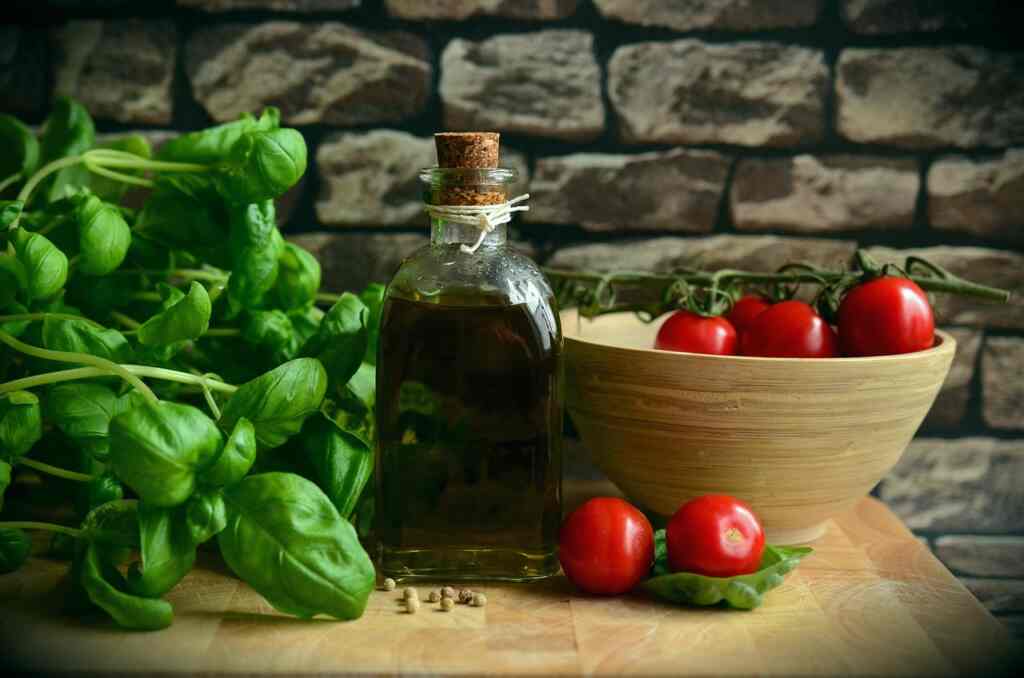
Potential Risks Associated with Consuming Tomato Leaves
Consuming tomato leaves can pose several potential risks due to the presence of toxic compounds, primarily tomatine, in these plant parts:
- Toxicity: Tomatine, an alkaloid found in tomato leaves, can be toxic in large quantities. Ingesting significant amounts of tomatine can lead to symptoms such as nausea, vomiting, diarrhea, abdominal pain, and, in severe cases, can even cause cardiac arrest.
- Individual Sensitivity: People may react differently to the same amount of toxic substance. What might be tolerable for one person could cause adverse reactions in another, making it challenging to establish a universally safe threshold for consumption.
- Variability in Toxin Levels: The concentration of tomatine can vary not only between different tomato varieties but also among individual plants. It is difficult to determine the precise level of toxicity in a specific plant, making it risky to consume tomato leaves.
- Cooking Might Not Eliminate All Toxins: While cooking can break down some of the tomatine in tomato leaves, it may not eliminate all the toxins entirely. Therefore, even cooked leaves can potentially be harmful if consumed in large amounts.
- Interaction with Medications and Health Conditions: For individuals with certain health conditions or those taking specific medications, the consumption of even small amounts of toxic substances can have serious consequences. It’s crucial to consider individual health factors when assessing the risks associated with consuming potentially toxic plant parts.
Due to these risks and the lack of a clear, universally safe method for their consumption, it is strongly advised to avoid eating tomato leaves to prevent any potential adverse health effects. Relying on the ripe fruits for consumption is the safest way to enjoy tomatoes without any associated risks.
Did People Used to Eat Tomato Leaves in the Past?
Historically, there is some evidence to suggest that certain cultures used tomato leaves in cooking, although this practice has always been controversial due to the toxicity of these plant parts.
In some traditional culinary practices, especially in specific regions where particular varieties of tomatoes are grown, people have used small amounts of tomato leaves in cooking. These leaves were often used cautiously and cooked thoroughly to minimize their toxicity. It’s important to note that the toxicity levels of tomato leaves can vary between different tomato varieties and individual plants, and the amounts used in these traditional recipes were typically very small.
However, it’s crucial to recognize that the historical use of tomato leaves does not necessarily indicate their safety. In the past, people may not have been fully aware of the potential risks associated with consuming these plant parts, or they might have developed specific techniques to mitigate the risks, such as thorough cooking.
With our modern understanding of the toxicity of tomato leaves and the availability of safer alternatives, the practice of consuming tomato leaves has significantly diminished. Today, in mainstream cooking and in most culinary traditions, tomato leaves are avoided due to their potential health risks. As our knowledge of food safety has advanced, the consumption of tomato leaves is generally discouraged to prevent any potential adverse effects.
Creative and Safe Ways to Utilize Tomato Leaves
While it’s generally recommended to avoid using tomato leaves in cooking due to their potential toxicity, there are creative and safe ways to utilize other parts of the tomato plant and enhance your culinary experience. Here are some ideas:
- Tomato Broth or Stock: Instead of using tomato leaves, you can use ripe tomatoes to create a flavorful broth or stock. Simmer tomatoes with herbs, onions, garlic, and other vegetables to make a rich base for soups, stews, and sauces.
- Tomato-Infused Oil: Create infused oils using ripe tomatoes and herbs like basil, thyme, or rosemary. This oil can be used as a dressing for salads or drizzled over cooked dishes to add a burst of tomato flavor.
- Tomato Powder: Dehydrate ripe tomatoes and grind them into a fine powder. This powder can be used as a seasoning to add a concentrated tomato taste to various dishes without the need for tomato leaves.
- Preserves and Chutneys: Make preserves, jams, or chutneys using ripe tomatoes. Combined with sugar, vinegar, and spices, you can create flavorful condiments to enjoy with bread, cheese, or grilled meats.
- Tomato-Based Sauces: Prepare classic tomato-based sauces such as marinara, pomodoro, or arrabbiata using ripe tomatoes. These sauces can be used in pasta dishes, pizzas, or as dipping sauces.
- Tomato Salsa: Create a fresh and vibrant tomato salsa with ripe tomatoes, onions, cilantro, lime juice, and spices. It’s a versatile condiment that pairs well with tortilla chips, grilled meats, or tacos.
- Tomato Salad: Make a refreshing tomato salad with ripe tomatoes, cucumbers, onions, olives, and feta cheese. Dress it with olive oil, lemon juice, salt, and pepper for a light and tasty side dish.
- Stuffed Tomatoes: Hollow out ripe tomatoes and stuff them with a filling of your choice, such as grains, cheese, or herbs. Bake or grill them for a delicious and healthy appetizer.
Remember, it’s always best to focus on using ripe tomatoes in your recipes, avoiding the leaves and other green parts of the plant to ensure your dishes are safe and enjoyable.
Conclusion
In conclusion, the edibility of tomato leaves remains a topic of concern due to the presence of toxic compounds, primarily tomatine, in these plant parts. While historical practices in some cultures involved using small amounts of tomato leaves in cooking, the potential risks associated with their consumption are well-documented.
Tomato leaves contain toxins that can cause symptoms ranging from nausea and vomiting to more severe reactions, especially when ingested in large quantities. The variability in toxin levels between different tomato varieties and individual plants, coupled with the fact that cooking might not eliminate all toxins, makes it difficult to establish a universally safe threshold for consumption.
In modern culinary practices, the use of tomato leaves is highly discouraged. Professional chefs and home cooks typically avoid incorporating any parts of the plant other than the ripe fruits in their dishes to ensure the safety of the food they prepare.
To prioritize your health and well-being, it is strongly recommended to refrain from consuming tomato leaves. When cooking or experimenting with new recipes, it’s crucial to follow established, reputable guidelines to prevent any potential risks associated with the consumption of toxic plant parts. By choosing the ripe fruits, which are widely recognized as safe for consumption, you can enjoy the delicious and nutritious qualities of tomatoes without any associated health concerns.
This article is reviewed by Russel, before publishing. If you have any doubt, you can contact us or consult with your nearby doctor. Remember, in medical matters, there is no same advice, cure, and medicine for all.

